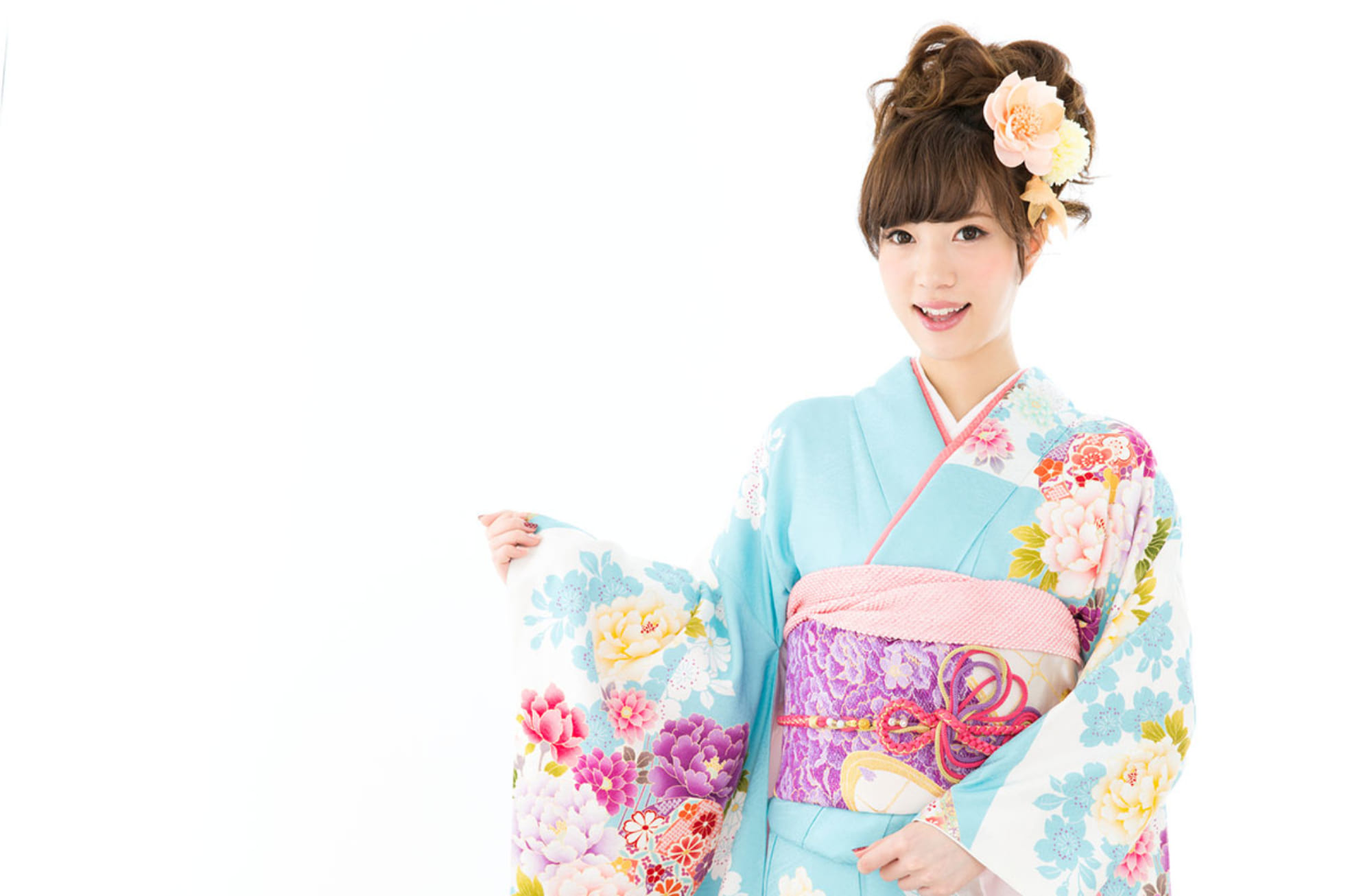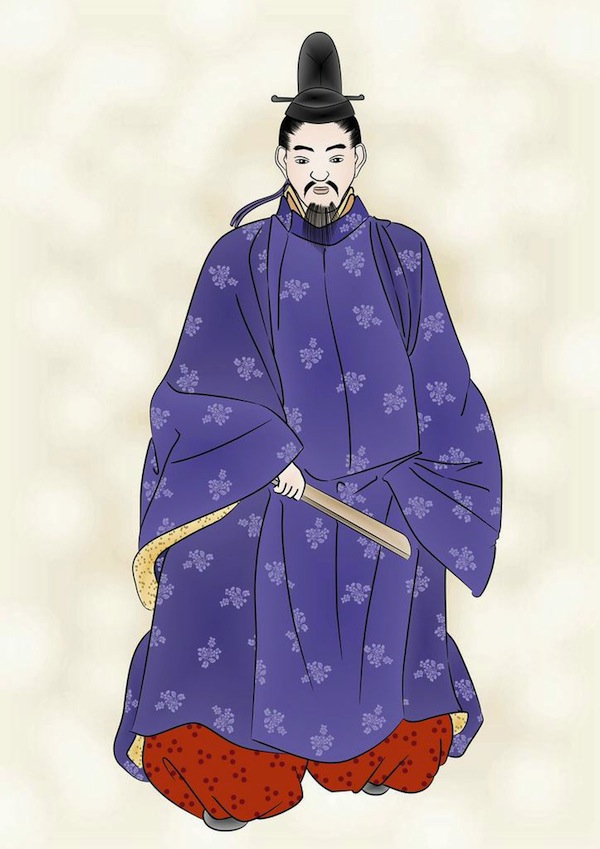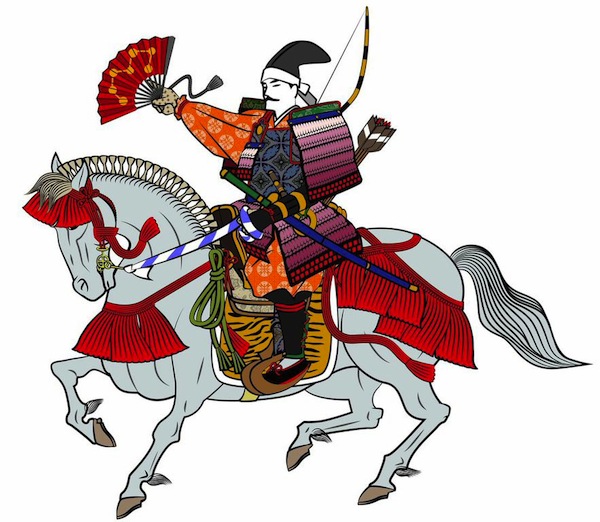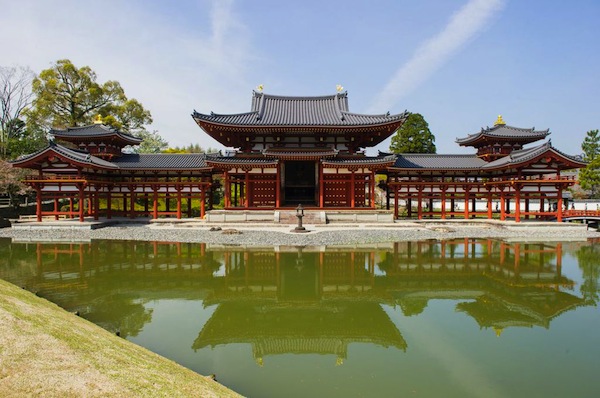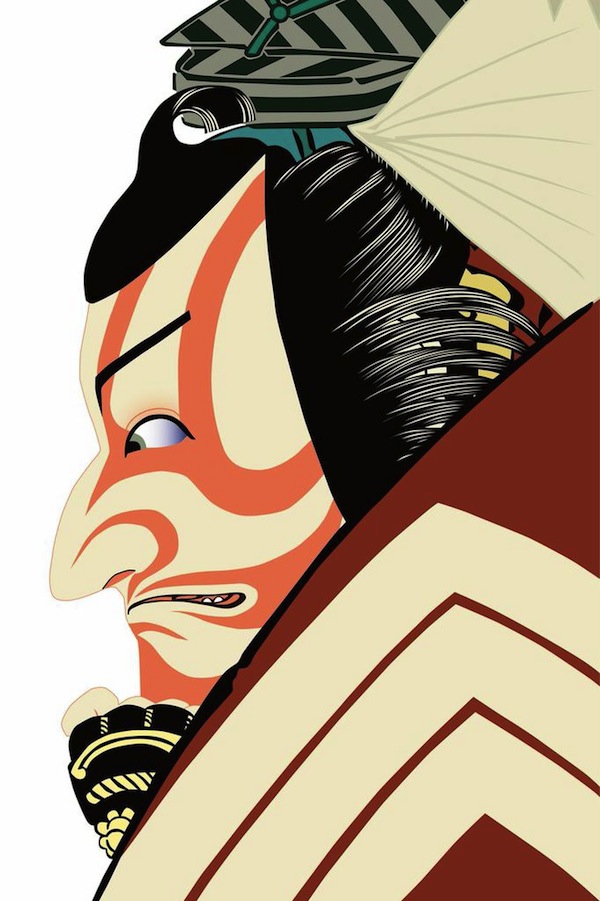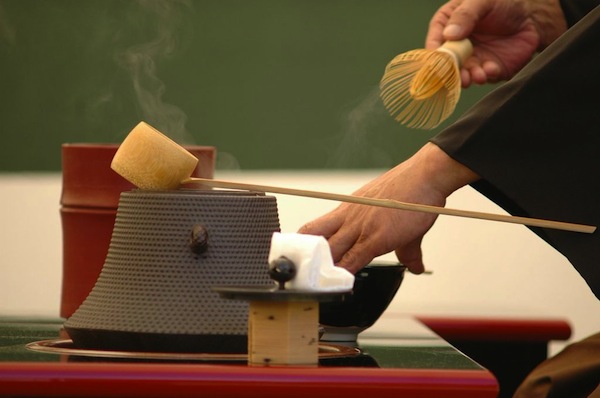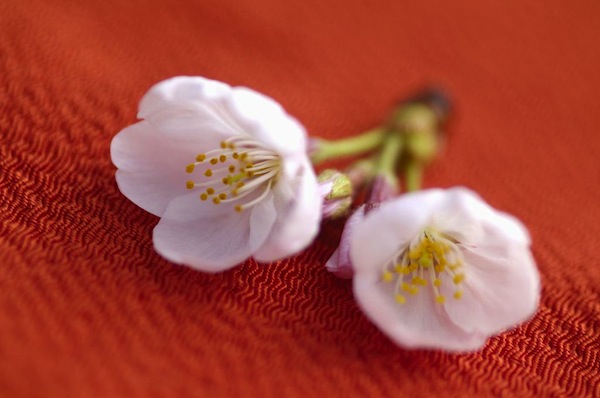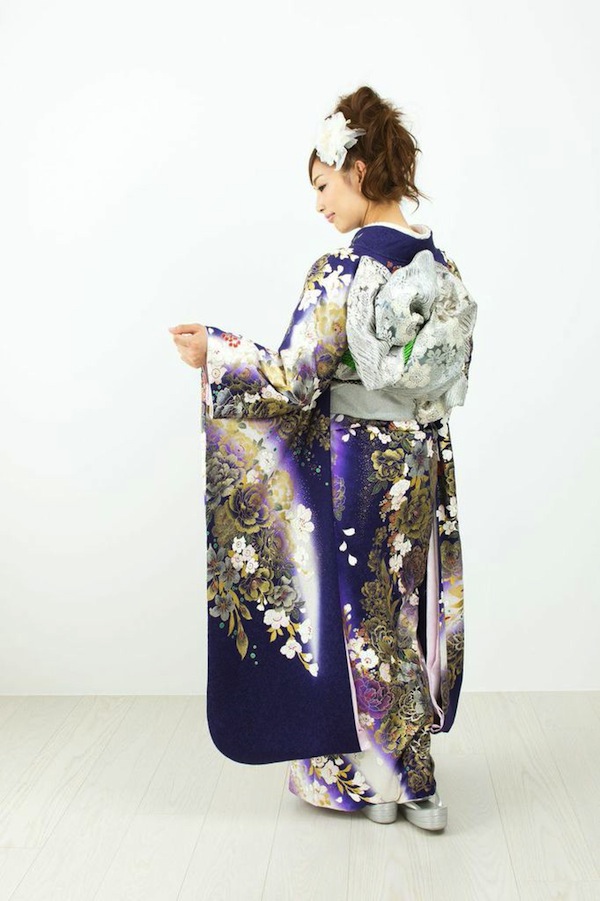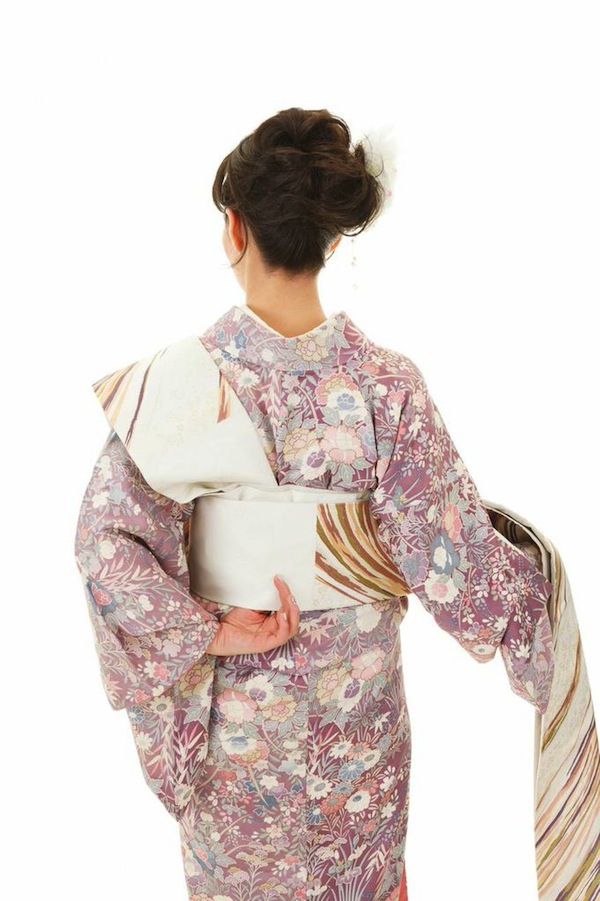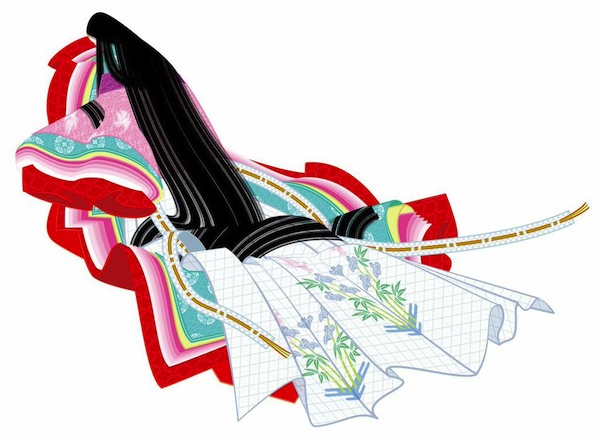
In general, Juunihitoe is a full dress for women in the Heian period.
However, what’s called “Juunihitoe” today is actually “Itsutsuginu Karaginumo” and some books even call different clothing “Juunihitoe.”
Please know that when I say “Juunihitoe,” I mean “Itsutsuginu Karaginumo.”
Juunihitoe in Japanese means ” twelve-layer robe,” but it actually doesn’t have twelve layers.
Normally the following clothes are worn.
1. Short sleeves (underwear)
2. Red Hakama
3. Hitoe
4.Uchiki (With a long hem and broad cuffs. Materials and the tailoring varies with the season. Worn with five layers.)
5.Uchiginu (Glossy clothing. Normally red.)
6.Uwagi (Similar to Uchigi but has some patterns on it)
7.Karaginu (With short height)
8.Mo (Tied to a waist and very long that they had to drag it)
The layers of Uchigi was not determined until the middle of the Hian period. In the classical literature mentioning about the lives of people at the time, you can even see the description about a person who wears twenty layers of Uchigi.
On the other hand, probably because of its inflexibility, the clothing became more and more simplified after the Kamakura period.
